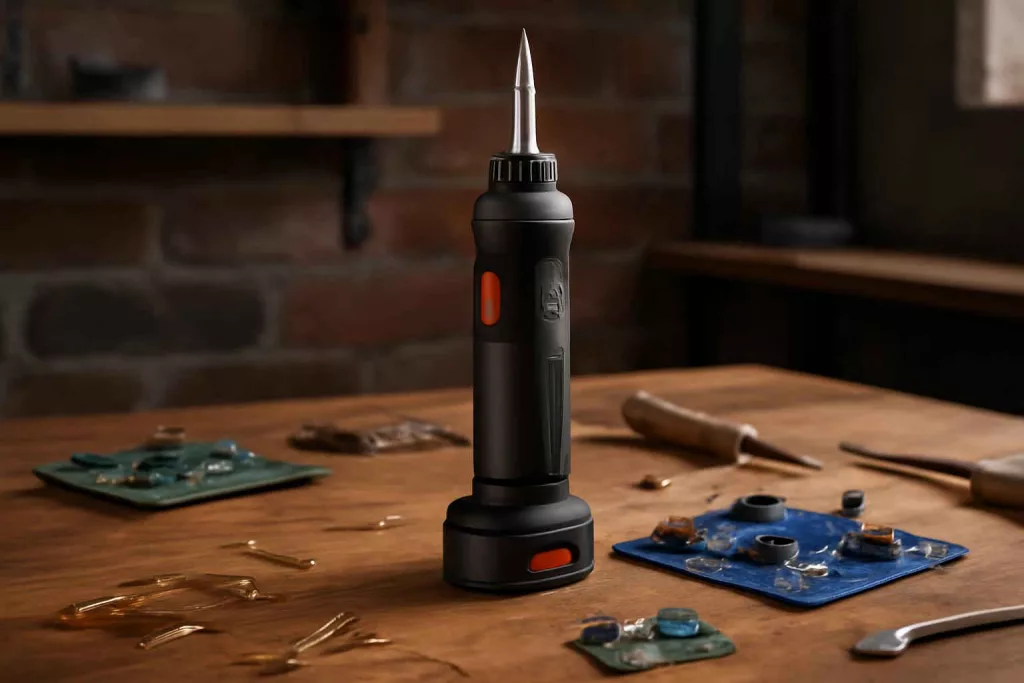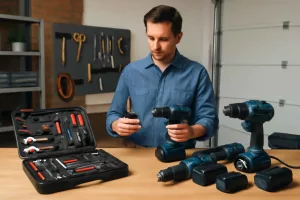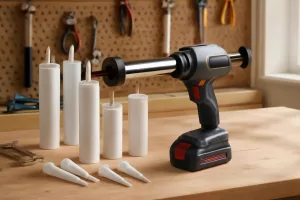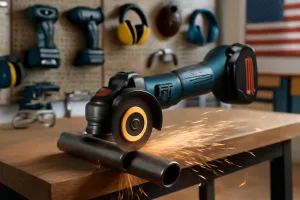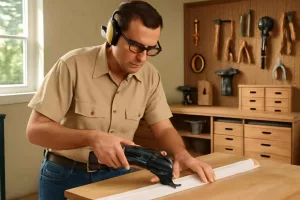Working on electronics repair projects often means hunting for a power outlet or juggling extension cords. A cordless soldering iron solves that problem by offering the freedom to work anywhere—on the go, in a cramped workspace, or even outdoors. In this guide, we’ll explore the best battery-powered soldering irons for electronics repair and highlight why they’re an essential tool for hobbyists, technicians, and DIY enthusiasts. Ready to find your next portable soldering tool? Check the latest cordless soldering irons available now.
Why Choose a Cordless Soldering Iron?
Unmatched Portability and Convenience
A cordless soldering iron runs on rechargeable batteries, eliminating the need for a nearby power outlet. This portability means you can easily carry the tool to field repairs, electronics fairs, or remote locations without dragging extension cords. For technicians servicing on-site electronics equipment, a portable soldering iron ensures you’re always ready for quick fixes.
Quick Heat-Up and Consistent Performance
Modern cordless models reach operating temperatures in under a minute and maintain stable heat throughout the session. Many units offer adjustable temperature settings, allowing you to work on delicate circuit boards or heavy-gauge electrical connections with precision. Consistent performance reduces the risk of overheating components during repair.
Ideal for Tight Spaces
Electronics enclosures are often cramped, with cables and connectors blocking standard tools. A compact cordless iron fits easily into narrow openings—especially when paired with a wall-mounted pegboard system at your workbench for organized storage. No tangled cords mean a cleaner workspace and fewer interruptions.
How to Choose the Right Cordless Soldering Iron
Battery Capacity and Runtime
Battery life is paramount when selecting a portable soldering iron. Look for models with high-capacity lithium-ion batteries (typically 1500–3000 mAh) that deliver at least 30–45 minutes of continuous soldering on a single charge. Some vendors include a quick-charge feature that tops up the battery in under an hour, while others provide an extra replacement battery for uninterrupted work. For prolonged sessions, having a backup battery can be a game-changer.
Power Output and Temperature Control
A soldering iron’s wattage directly impacts how quickly it can heat up and maintain temperature. Most cordless irons range from 20W to 50W—enough for standard electronics tasks. Temperature ranges typically span 200°F to 896°F (93°C to 480°C). Precise digital controls let you dial in the exact temperature you need, preventing damage to heat-sensitive components. Consider models with presets for lead-free and leaded solder to streamline your workflow.
Tip Compatibility and Variety
Interchangeable tips are crucial for versatility. Standard tip shapes include conical, chisel, and bevel designs. A rechargeable soldering iron that supports common tip sizes (e.g., 900M series) lets you switch between fine-point tips for delicate circuit board work and wide chisel tips for larger joints. Always confirm that replacement tips are easy to source and install.
Safety Features
Look for safety measures like auto-shutoff after periods of inactivity, thermal insulation, and a stable rest stand. An auto-sleep function preserves battery life and prevents accidental burns. Some advanced models include tip temperature feedback, warning you if the tip temperature fluctuates outside the set range.
Ergonomics and Build Quality
A solder iron should be balanced and lightweight for extended use without fatigue. Soft-grip handles and non-slip surfaces improve comfort, while a sturdy build resists wear in a workshop environment. Also consider a detachable battery pack for easier handling and quick battery swaps.
Top 5 Cordless Soldering Irons for Electronics Repair
1. Tacklife SBR01A Cordless Soldering Iron
The Tacklife SBR01A offers 25W of power, a 2500 mAh battery, and digital temperature control from 302°F to 752°F. Its rapid heat-up in 30 seconds and interchangeable tips make it ideal for small circuit boards and wire repairs. The included stand and spare battery pack ensure you stay productive. Buy on Amazon.
2. Hakko FX-100 Battery-Powered Soldering Iron
From a trusted brand in soldering, the Hakko FX-100 delivers 32W of consistent heat, adjustable from 392°F to 842°F. Its ergonomic design and quick-change tip system accommodate various soldering tasks. The 3000 mAh battery runs for up to 45 minutes, and a fast charger replenishes power in under 40 minutes.
3. WOWSTICK S2 Cordless Soldering Device
The WOWSTICK S2 stands out with its compact pen-style design. It provides 20W output and a 1500 mAh removable battery, offering around 35 minutes of run time. With three precision interchangeable tips and a convenient USB-C charging port, it’s a favorite among hobbyists working on microelectronics.
4. Weller Cordless Battery-Powered Soldering Iron
Weller’s cordless iron delivers 30W through a 2000 mAh battery, adjustable between 392°F and 842°F. Its robust build quality and quick tip-release mechanism simplify tip changes. The LED display shows real-time temperature, and the auto-shutoff feature protects both tool and user.
5. COID Soldering Iron with Rechargeable Battery
COID’s model features a 2500 mAh battery, 28W power output, and digital temperature control up to 896°F. It heats up in 15 seconds and includes three tip types for versatility. A unique feature is the integrated LED work light, illuminating your workspace in low-light conditions. Shop now.
Maintenance and Care for Your Cordless Soldering Iron
Keeping your cordless soldering iron in top shape extends its lifespan and ensures safe operation. After each session, wipe the tip clean with a damp sponge or brass wool—never metal files, which can damage the plating. For long-term storage, remove the battery pack and store both components in a cool, dry place. Inspect the power contacts periodically for corrosion; a quick cleaning with isopropyl alcohol and a soft cloth restores reliable power delivery.
When changing tips, let the iron cool completely before handling. Replace worn or pitted tips promptly to maintain efficient heat transfer. If your model supports it, apply a small amount of tip tinner/cleaner during warm-up to recondition the surface and prevent oxidation.
Conclusion
For electronics repair professionals and DIY enthusiasts alike, a high-quality cordless soldering iron provides unmatched convenience and flexibility. By selecting a model with the right balance of battery life, power output, and tip compatibility, you’ll be prepared for everything from circuit board tweaks to emergency field repairs. Whether you choose the precision of the WOWSTICK S2 or the robust performance of the Hakko FX-100, your next portable soldering iron will transform the way you work. Ready to go cord-free? Find your ideal model on Amazon today.
